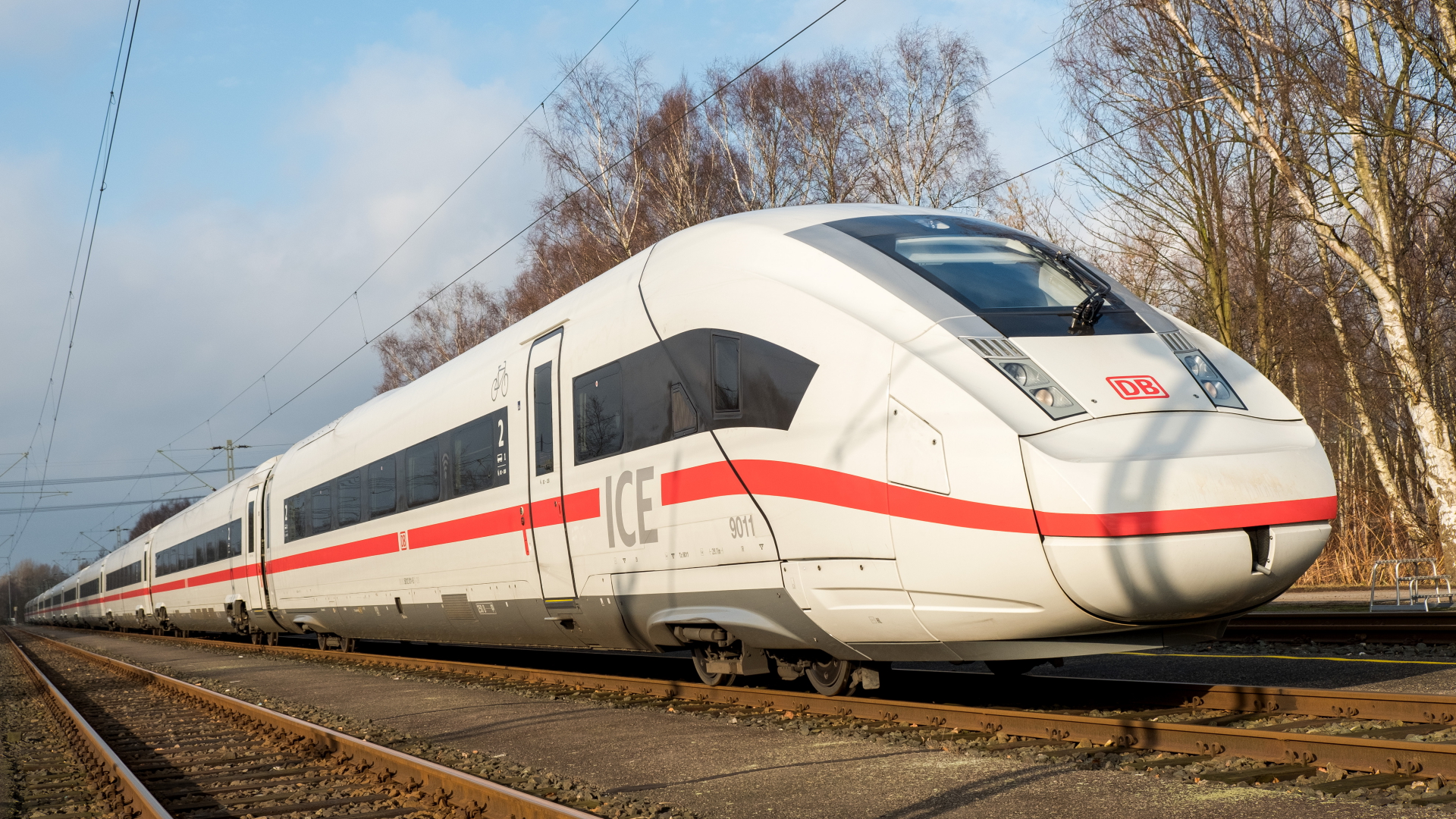High-speed trains How Deutsche Bahn is planning the future of the ICE
As of: 06/09/2021 7:59 a.m.
Deutsche Bahn is currently expanding its fleet with new fourth generation ICE trains. They should be more reliable, but also slower than their predecessors. What are the future plans for the ICE? By André Kartschall, RBB The ICE fleet of Deutsche Bahn (DB) is growing. Instead of the current 330, 420 high-speed trains are to run within five years. This should connect the big cities in a much closer cycle. At some point, a fleet of 600 ICE trains will be on the move in Germany, according to the vision. “We get a new train every three weeks,” says Berthold Huber, Board Member for Passenger Transport at DB. Deutsche Bahn is currently receiving fourth generation ICE trains. They are more reliable and comfortable and now also have air conditioning systems that can withstand a hot summer. This was not always the case with the predecessors at all outside temperatures. But the ICE 4 also has a special feature: it is slower than its predecessor. He can do a maximum of 250 kilometers per hour. There have also been ICEs that drove more than 300. From August the ICE 4 should be allowed to be released for at least 265 kilometers per hour.
The eternal rival TGV
Deutsche Bahn is relying fully on the ICE in its future strategy. But the limits of what is feasible have long been fixed. For all that is known, the ICE will never be as fast as the French TGV, for example. That is not necessarily due to the train itself. But the ICE cannot shake off the comparison with its French neighbor. While the TGV reaches 320 km / h and speeds through the country without intermediate stops, German ICE trains struggle from city to city, sometimes with stops every half hour. This also increases the travel time. But also the number of people who can easily get on a long-distance train. Germany took a completely different path than France. In principle, nothing should change in that regard. TGVs run on their own tracks that are reserved only for them and have been upgraded to high speed. The ICE has to share the route network with everyone else – and therefore sometimes torment its way through the landscape at 120 km / h. Only special routes for the ICE would really change that. But they are not in sight.
Improvements, not revolutions
In addition, unlike in France, Germany’s major cities and thus the stops are so close together that it would be neither economical nor passenger-friendly to let the trains run at maximum speed. “That is why we in Germany will stay at top speeds of around 300 km / h,” says Huber. The fact that the ICE will have to be said to be slower than its French counterpart in the future cannot be changed, but it is in the nature of things, according to Deutsche Bahn. Two countries with completely different conditions would come to completely different solutions. “Basically, both of them did it right – each for themselves,” says Huber. The planned advances in Germany are of a rather minor nature: accessibility for wheelchair users, bicycle compartments, a better room layout for passengers and just a few km / h more at top speed should bring the next few years.
In the next generation up to 300 km / h
The travel time should not have a significant impact on all of this – and thus also not the competitiveness with the aircraft. After all: the fourth generation should be followed by a faster one – a further development of the predecessor. The ICE 3neo is said to be capable of speeds of up to 320 kilometers per hour, roughly as much as the original third generation. However, the German route network is only permitted up to 300 km / h at its fastest points.

You must log in to post a comment.